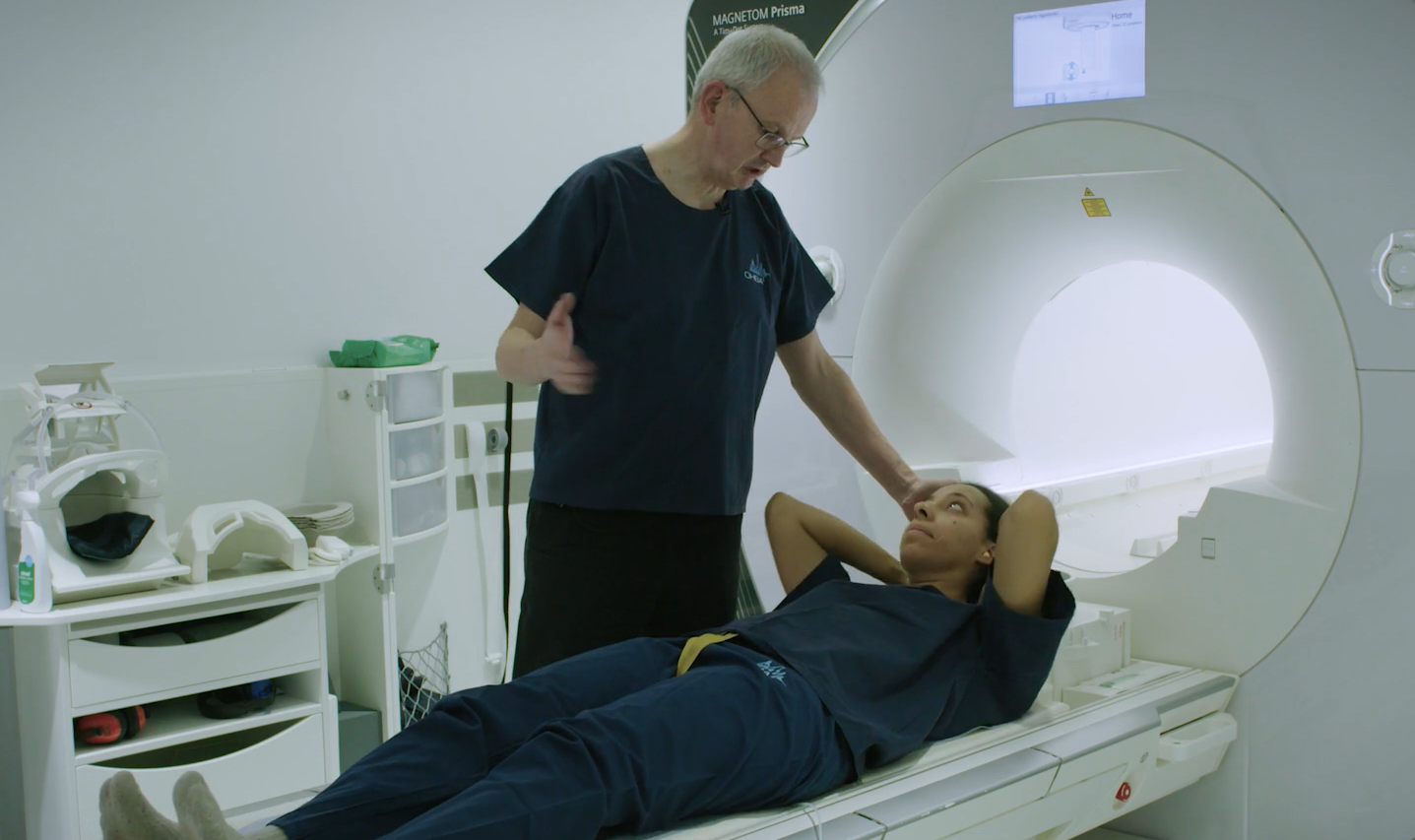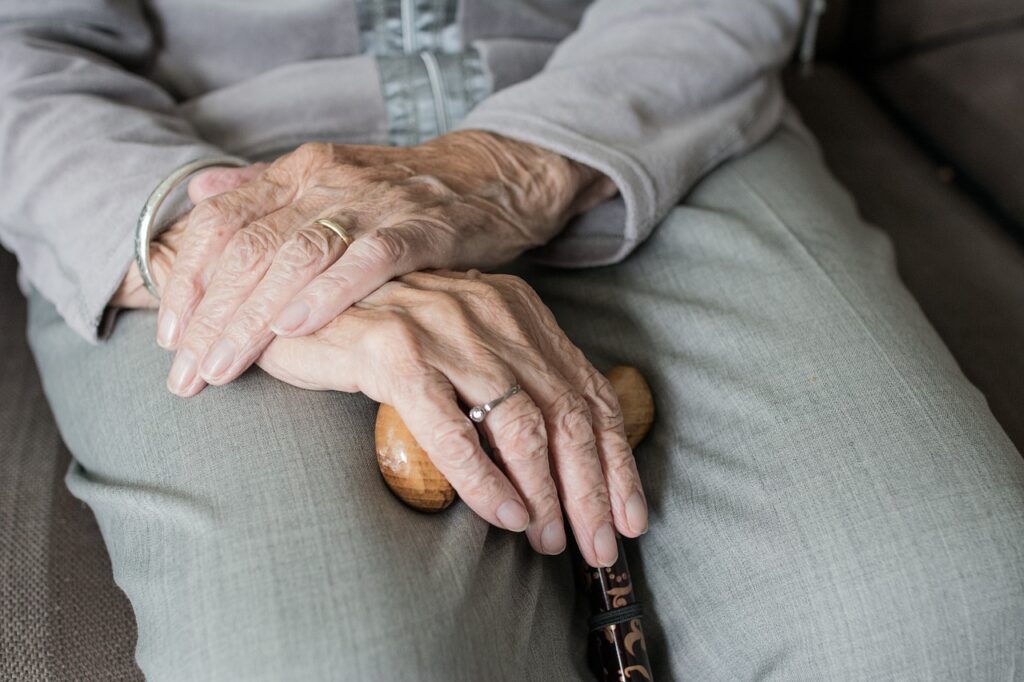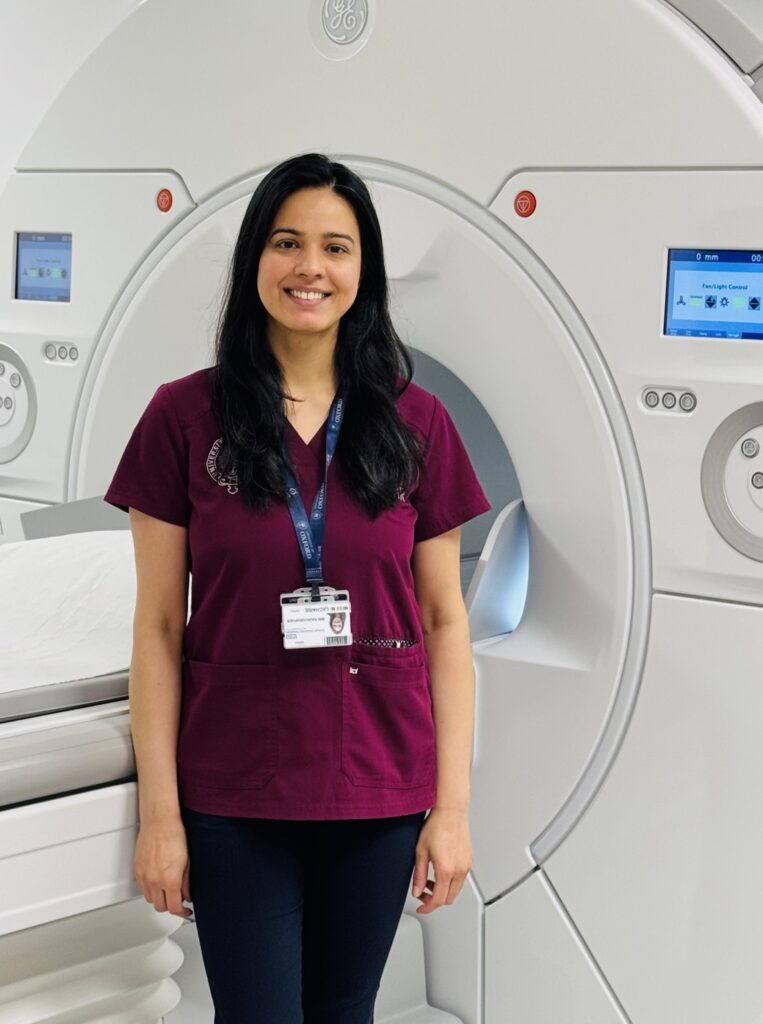The NIHR Oxford BRC aims to promote equality, diversity and inclusion in research in a number of ways, whether that is trying to encourage more patients and members of the public from diverse communities to take part in our studies or supporting the career development of researchers from different backgrounds.
Achievements to date
- All themes have nominated EDI leads who support activities. Read a blog about our EDI coordinators.
- Established an Oxford NIHR Infrastructure EDI working group to enhance collaboration between our BRC, the NIHR Oxford & Thames Valley Applied Research Collaboration, NIHR Oxford Health Biomedical Research Centre, NIHR Oxford Health Clinical Research Facility (CRF) and NIHR Oxford CRF
- Expanded collaborations and partnerships with other BRCs and CRFs, including jointly organising the first national BRC and CRF Inclusion Conference in Birmingham with our counterparts from Birmingham, Bristol, UCLH and Sheffield.
- Awarded more than £100,000 to support 10 EDI-related projects across the BRC
- Funded the first Oxford BRC Women in Leadership Programme, through the Cardiovascular theme, and supported the University of Oxford Medical Sciences Division’s Inclusive Leadership Programme
- Following feedback from EDI coordinators, organised a series of BRC EDI ‘lunch and learn’ sessions on topics including cultural intelligence, the Equality Act 2010 and health and care research, and equality impact assessments
- Delivered training for researchers on how to increase ethnic diversity in research
Widening participation
We aim to make the research we fund more inclusive by enabling people from all backgrounds to engage with, participate in and influence our research to reduce health inequalities. This is especially true of groups who have traditionally been underserved by health and care research. This is a key element of our Patient and Public Involvement and Engagement activities.
Lowering the barriers to participation in brain imaging research

Oxford BRC-supported researchers have produced videos aimed at increasing the diversity of participants taking part in brain imaging research studies.
These ‘what to expect’ videos are part of a wider project to create web-based content to improve engagement with prospective participants and lower the barriers to participating in research.
Casting the net widely to tackle atrial fibrillation

A trial to detect atrial fibrillation has been designed to include as many eligible people as possible, including those who rarely interact with the healthcare system or take part in clinical trials, such as people on low incomes, who are socially disadvantaged, those with mobility issues, living in remote areas or with caring responsibilities. Working with general practice surgeries, the AMALFI study has recruited more than 5,000 participants.
Elevating voices and dispelling distrust
Corina Cheeks has two important roles with our BRC: she is a member of the Diversity in Research Group, a patient and public involvement and engagement group that aims to make involvement in health research more engaging to diverse communities; and she sits on our Steering Committee, our main oversight body. She spoke about how she works with our researchers and governance structures to make our research more inclusive.

Find out more about the Diversity in Research Group and its members.
Developing careers
People from all backgrounds help to shape our research, not just by participating in our studies, but by leading the research. We want to address the barriers to career progression and support talented researchers to fulfil their potential, irrespective of their gender, race or disability. It is also one of our priorities to support the academic career development of nurses, midwives, allied health professionals, healthcare scientists, pharmacists and clinical psychologists.
The ASCEND Network
Founded in 2024 in the Nuffield Department of Surgical Sciences and Oxford Cancer with support and funding from the NIHR Oxford BRC, ASCEND aims to provide peer support for career development and progression for women and gender non-conforming researchers in mid and senior level positions. Find out more and join.

“We need clear pathways for allied health professionals to pursue a research career”

Miriam Lacharie has worked as a diagnostic radiographer since coming to the UK from Pakistan in 2016. In June 2024, she received a predoctoral award from the NIHR Oxford BRC and is currently researching imaging markers to predict disease progression in a genetic heart condition. Miriam has encountered challenges in her research career, and advocates for a clearer pathway and more structured support for allied health professionals.
“It gives you the confidence to step into a leadership role”

Megha Agarwal, a clinical research fellow in the University of Oxford’s Radcliffe Department of Medicine (RDM), took part in the Women in Leadership training course organised by the our Cardiovascular Theme, the first such training provided by the BRC specifically aimed at women. Megha said it allowed her time to reflect on her role and gain the confidence to step into a leadership role.
Gender equity research
Researchers in the Oxford BRC’s core management team have conducted a number of studies around gender equity in research. They found, for example, that linking research funding to Athena SWAN action plans was associated with a rise in the number of women in mid-level leadership positions and the proportion of funding going to women. They have conducted research into the proportion of women authoring the BRC’s scientific papers, and developed a tool to rank and identify new gender equity markers specific to NIHR BRCs. Their research has also stressed the need to take into account context when assessing markers of achievement for monitoring gender equity in BRCs.
Find out more about our support for academic career development at our Training Hub.